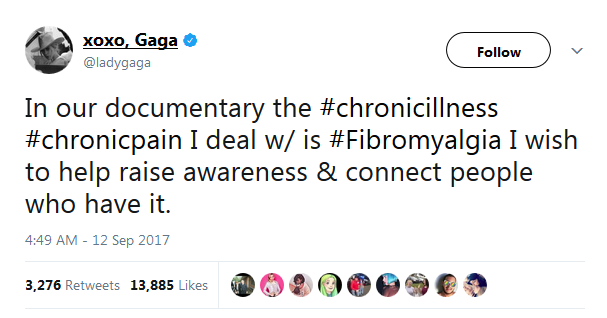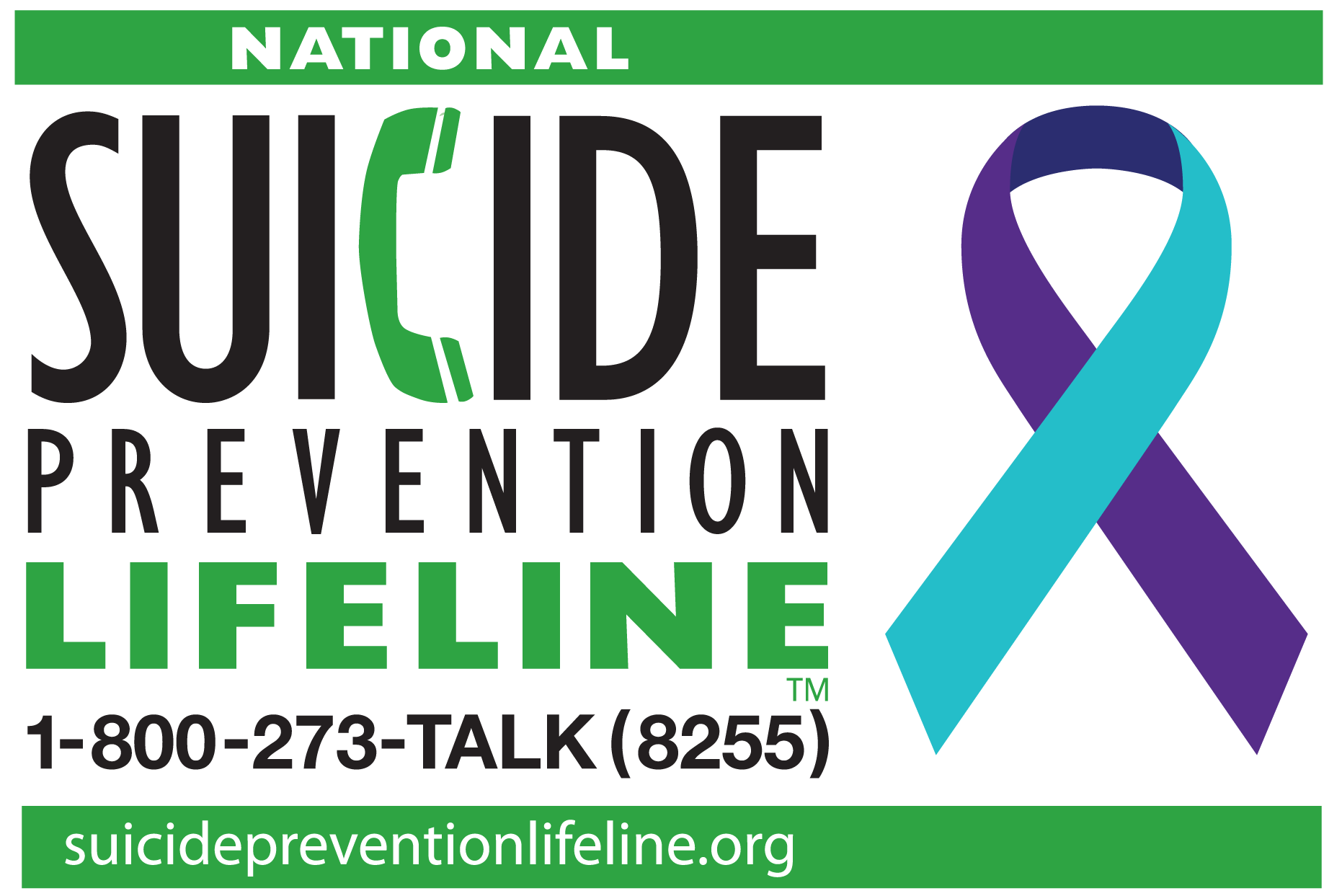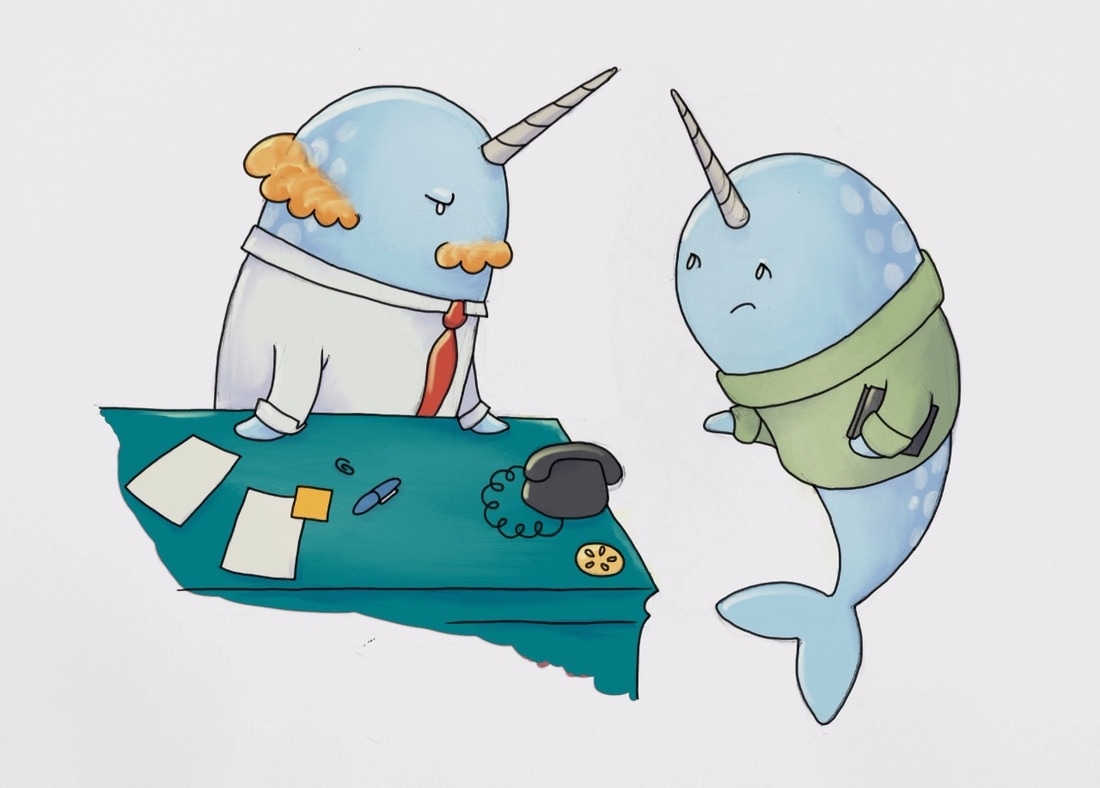Living With an Invisible Monster
/By Marcie Ann Dillard, Guest Columnist
I live with an invisible monster that consumes both body and mind. A monster that steals the ability of children, mothers, fathers and grandparents to sit, stand or walk. A monster that consumes finances, destroys friendships, marriages and families.
I say invisible monster because when I speak these three letters -- RSD --- which stand for Reflex Sympathetic Dystrophy, I am faced with the blank stares of the ignorant.
What is such a thing I myself in 47 years of living had never heard of? How could I have not known of this monster that stalks me like a crouching lioness after a simple leg fracture?
She pounced suddenly and fiercely, feeling her teeth, her bite sink into my body, setting my flesh on fire in moments. Now in the grasp of a beast that respects no one, she sinks her claws deeper. Her death grip no one will ever escape.
Going from doctor to doctor, I can feel her but she goes unseen even after dozens of MRIs, CT scans and x-rays. The searing unseen pain forces me to look for freedom from what I now understand to be the most painful disease known to man.
I begged for those sworn to help me to release me from her grasp, but ignorance -- mine and theirs -- gave her time to continue her devastation.
I marched through this life boldly; a mother, wife and business owner, never giving a thought to the day that would end. Then that day came. The only evidence often of her existence was the life stealing pain, and the integrity of my words lost among strangers.
The skeptical looks of the medical community as I once again describe the effect her grasp has on my body.
Through the tears of pain and hopelessness, the joy of living is veiled in agony. The blank stares of loved ones when I choose to be honest about what I daily experience. Self-confidence fades, the beat of the drum I confidently marched to become unclear, self-worth gone, as one by one the things that made me Marcie Ann become painfully impossible feats.
She never stops chewing my flesh, the nerve twitches and the muscle spasms a constant reminder that I remain helpless prey to a ruthless predator.
If I spoke these six letters -- CANCER -- I would be met with the sympathy of the community. Not to offend those who suffer from that monster or have suffered a loss to it, but perhaps someone would run a marathon in my honor or host a fundraiser to help me secure lifesaving treatment.
If I said it was a terminal illness there would be no misunderstanding of the impending outcome. But with chronic, progressive and incurable pain, the well of sympathy quickly dries.
Silent suffering.
In this lifetime, the lioness will never deliver her final blow and end my suffering .
Marcie Ann Dillard lives in Washington state. She was diagnosed with Reflex Sympathetic Dystrophy in 2012, two years after her symptoms began.
Pain News Network invites other readers to share their stories with us. Send them to: editor@PainNewsNetwork.org.
The information in this column should not be considered as professional medical advice, diagnosis or treatment. It is for informational purposes only and represents the author’s opinions alone. It does not inherently express or reflect the views, opinions and/or positions of Pain News Network.


































